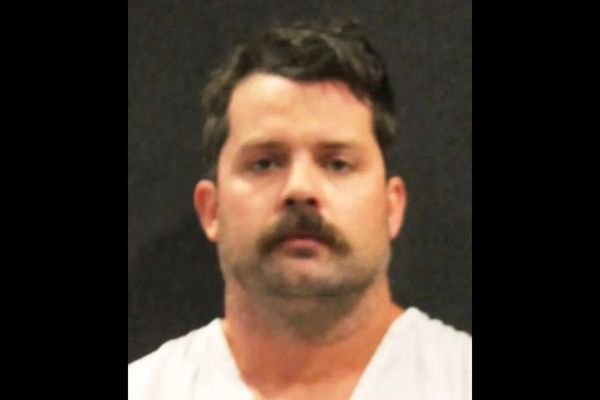
Your editorial (29 October) highlights the urgent need for better funding for end-of-life care. As a physician and academic who has worked in this area for 40 years, I would like to raise three underlying issues.
First, it implies that hospices are the only model for delivering good end-of-life care. It is arguable that in Britain we have overrelied on the charitable sector. We now have NHS-funded hospital palliative care teams who can provide excellent care when patients are coming to the end of life but still needing specialist treatments – which very often hospices cannot or will not offer.
In my evidence last week to the House of Lords select committee on the terminally ill adults bill, I pointed out that patients on average are referred to end-of-life services such as hospices only in the last weeks of life. And about 80% of these have cancer – other conditions causing death with equal amounts of suffering are hardly catered for.
Second, increased funding for end-of-life care is likely to support the same imbalanced model, with its geographical and socioeconomic inequalities. It is easier to talk of more money than of fundamentally reviewing service models.
Third, your editorial restates the fallacy of assisted dying being a competitor for funding against the hospice sector. There is ample evidence that in jurisdictions with legalised assisted dying, palliative care and assisted dying can exist side by side. Indeed, introducing assisted dying has often led to an increase in palliative care funding and referrals.
The truth is that end-of-life care has failed to evolve in the 60 years since the opening of the first modern hospice and in the 40 years since we have had specialist palliative medicine. It could take for ever for hospice-based end-of-life care to achieve the funding it wants. And for ever is something that dying people do not have.
Prof Sam H Ahmedzai
Emeritus professor of palliative medicine, University of Sheffield
• Your editorial is absolutely right to urge greater commitment to palliative care services; my own specialty here in the Australian state of Victoria for 20 years. However, it misses a vital point: assisted dying is a complement to such care, not a competitor. (Subsequent letters (2 November) from leaders in the sector fail to mention assisted dying at all; somewhat surprising given the high-profile debate the UK is currently engaged in.)
In Victoria, where voluntary assisted dying (VAD) has been available since 2019, I have supported more than 70 patients through the process. Every one of them received expert palliative care. Most wanted simply to know that, if their suffering became intolerable, they had another lawful option. They did not reject palliative care; they valued it deeply. But for a small number, it could not completely meet their needs in the final days.
Experience here has shown that introducing VAD has strengthened, not weakened, our care culture. About 80–85% of people who use VAD are already in receipt of palliative care, and governments have responded with more than A$1bn (£500m) in new palliative-care investment since 2017. My specialty, historically sceptical of assisted dying, has experienced a significant shift in favour, at last recognising what our patients had long been telling us: palliative care and choice go hand in hand.
Dr Greg Mewett
Palliative care physician, Ballarat Central, Victoria, Australia
• Have an opinion on anything you’ve read in the Guardian today? Please email us your letter and it will be considered for publication in our letters section.







